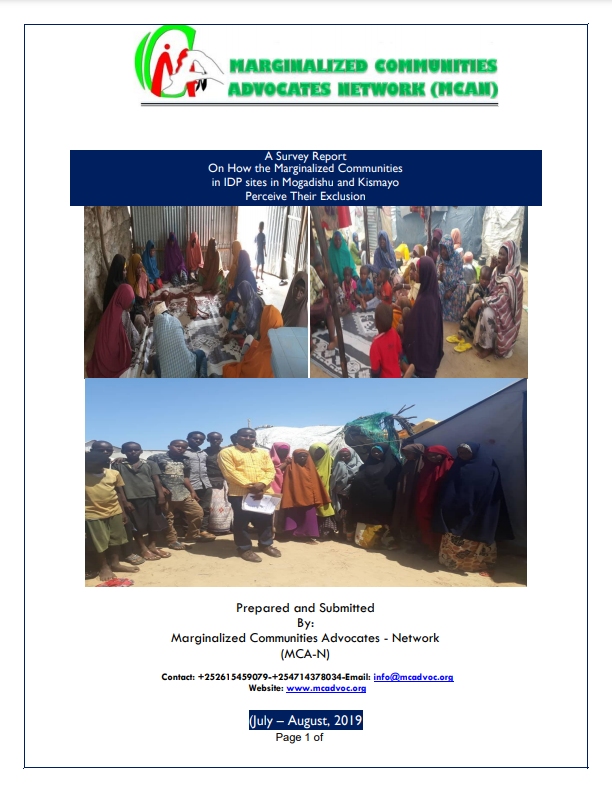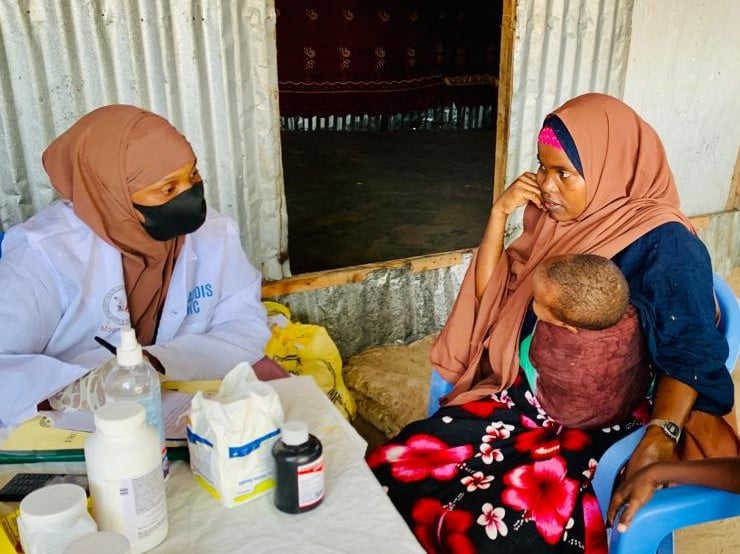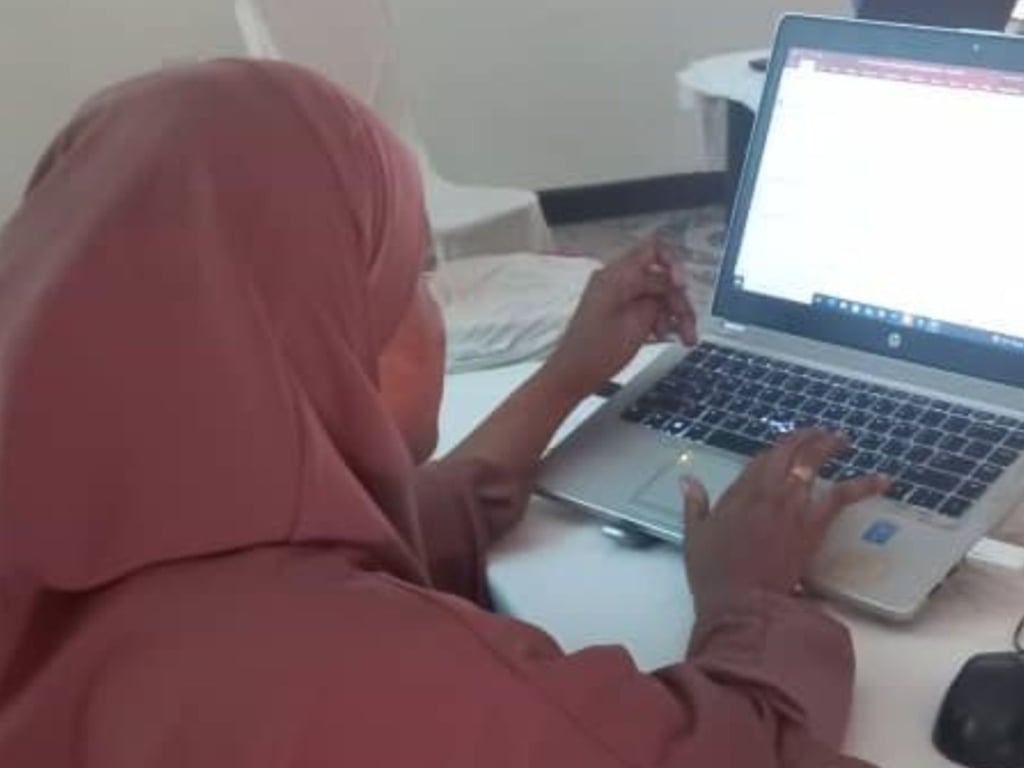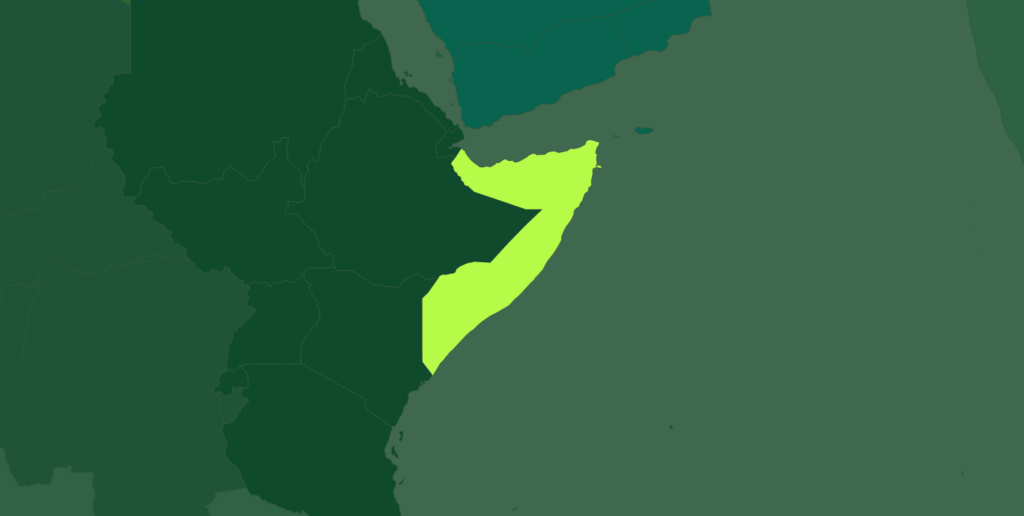Coastal minorities including Benadiri, Bajuni and Bravans in Somalia
Profile
Benadiri comprise a number of different communities. Rer Hamar, living in Mogadishu (at independence about half of its population), meaning the ‘clan’ of Hamar (another name for Mogadishu), speak their own dialect of the Somali language (Af-Hamari) and are divided into a large number of different segments or sub-clans. Another group is the residents of Merca port (the former coastal capital in the thirteenth century), sometimes called Rer Merca, who also have a separate Somali dialect (Af-Donte or Maasu-doonte) related to Maay of the local Rahanweyn clans. Barawani (Bravanese), living in the coastal city of Brava, have a partially separate historical and urban cultural identity deriving from the sixteenth century when Brava, founded in the ninth century, was an important self-governing trading port and fought off Portuguese attacks. Bravanese speak Chimini as a first language, also known as Chimbalazi, which is a local Kiswahili dialect, as well as the local Tunni sub-clan dialect of Maay. Bajuni, a low-status and poor fishing community, reside in the southern port of Kismayu and the offshore Bajuni islands near the Kenyan border. They have some distant Southeast Asian ancestry reflecting trading links centuries ago between the Somali coast and China and Southeast Asia. They speak Kibajuni, a local Kiswahili dialect, as a first language. They traditionally relied heavily on fishing as a way of life, but other communities have increasingly invested in fishing fleets, and they now face fierce competition for the remaining fish stocks. There is also a relatively small community of descendants of European, mainly Italian, settlers and Somalis who mostly live in Italy, also called ‘meticci’ (‘mixed blood’). Although historically economically better off than some minorities, they also fall outside clan structures, leaving them socially invisible and vulnerable to discrimination.
History
Benadiri originate from mercantile urban communities established by migrants at different periods (some up to 1,500 years ago) from what are now Saudi Arabia, Yemen, Oman, Iran and India. They settled along the ‘Benadir coast’ and inland, and built stone towns for defence and trade, becoming a key influence in the spread of Islam. They interacted with local clans in the hinterland (pastoralists, Bantu and Rahanweyn), while retaining a partly separate identity. Today, Benadiri speak Somali as a second language and have no other national identity than as Somali citizens.
From the 1950s, Benadiri were engaged in nationalist politics through their own parties, sometimes aligned to other clan-based parties. They were not attached to or incorporated into pastoralist clans for protection, nor subject to exclusion and discrimination like Bantu and the occupational groups. During the post-1991 civil war, the formerly privileged status of Benadiri, many of them wealthy merchants and technocrats, was reversed, as they did not have an armed militia for their protection. Rer Hamar suffered heavily from warlord militia attacks, rape of girls and women, and looting of their properties and businesses. Most Benadiri fled to Kenya and ultimately other locations, with many resettling in the United States as refugees.
Current issues
Despite the deep insecurity suffered by the community, a few thousand Benadiri still remain with their businesses in Mogadishu, Brava and Merca, paying clan militias or privately employed gunmen for armed protection. The political authorities in all three coastal cities are now in the hands of major clans and linked militias. Bajuni fishing people remain in the port city of Kismayu and the Bajuni Islands; they have no representatives in the decision-making processes of the state government in Jubaland.
The coastal minority groups have suffered considerable losses as a result of Somalia’s civil war and continuing insecurity and rule of law issues. Even so, their circumstances today are arguably better than those experienced by some other minorities. For example, there have been cases of Benadiri intermarrying with majority clans, providing a significant measure of security and protection for Benadiri women. Moreover, as traders, their economic marginalization has been less pronounced.
Updated November 2024
£15/month
Related content
Latest
-
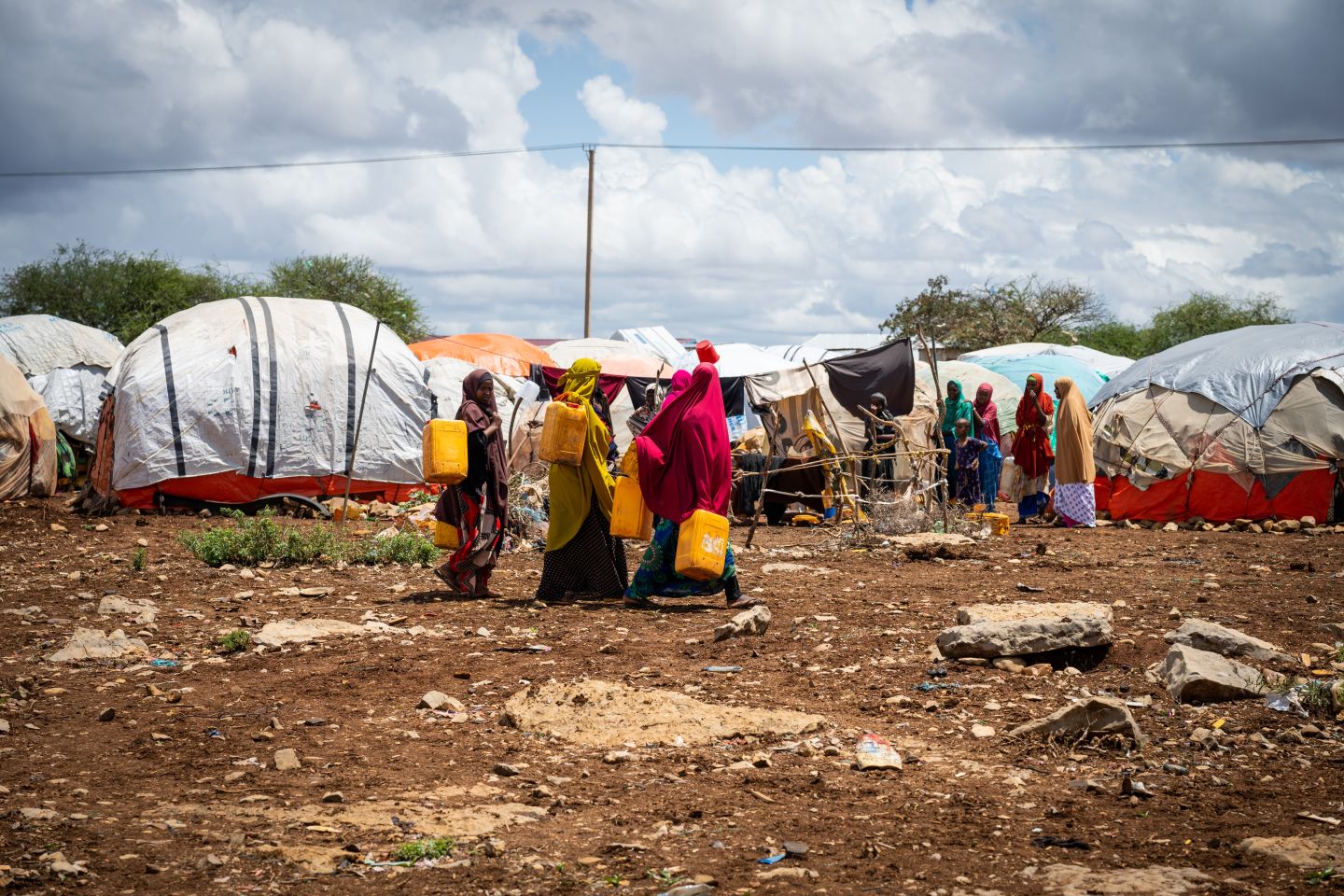
25 October 2022
Minority exclusion in Somalia: shortcomings of aid agency feedback mechanisms
In 2021, MRG research revealed that minority clan members in Somalia were less likely to be aware of, to trust and to use the feedback…
-

20 March 2007
Somalia tops list of countries where minorities most under threat
Somalia is the world’s most dangerous country for minority communities and has overtaken Iraq to top a global ranking of countries…
Reports and briefings
View all-
30 January 2015
Looma Ooyaan – No one cries for them: the situation facing Somalia’s minority women
After decades of violence and instability, tentative progress is being made in Somalia to strengthen the country’s governance and…
-
23 November 2010
No Redress: Somalia’s Forgotten Minorities
This report documents the neglected situation of Somalia’s minorities. It aims to raise awareness of the continuing severe violations…
-
12 December 2008
A double bind: The exclusion of Pastoralist women in the East and Horn of Africa
Pastoralism is one of the predominant livelihoods in eastern Africa and the Horn. But pastoralist societies are increasingly excluded and…
Technical guidance
Partner publications
-
1 June 2021
A Survey Report on how the marginalized communities in IDP sites in Mogadishu and Kismayo perceive their exclusion
This Survey was conducted by the Marginalized Communities Advocates – Network (MCA-N) with support from UNHCR targeting a population…
Digital reports
-

20 June 2023
Somalia: The impact of poor sanitation and improper waste disposal on the health of minority IDPs in Baidoa
Most of the families or households living in the IDP camps in Baidoa have long been faced with inadequate sanitation services.
-
Our strategy
We work with ethnic, religious and linguistic minorities, and indigenous peoples to secure their rights and promote understanding between communities.
-
-



